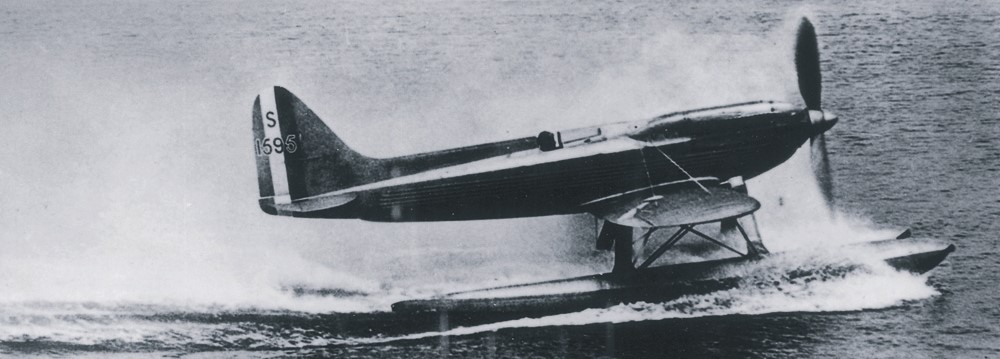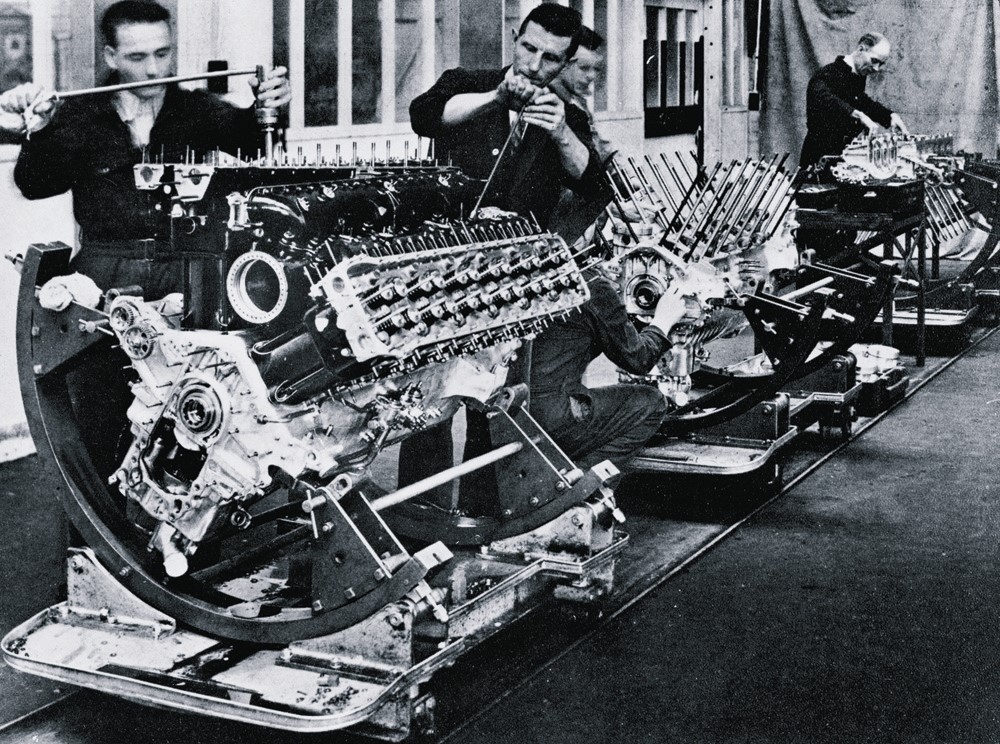
At the start of the First World War in 1914, in response to the nation’s needs, Royce designed his first aero engine – the Eagle, providing some half of the total horsepower used in the air war by the allies.
The late 1920s saw Rolls-Royce develop the ‘R’ engine to power Britain’s entry in the International Schneider Trophy seaplane contest. It established a new world air speed record of over 400mph in 1931.
Subsequently it established new world records on both land and water. More importantly, as subsequent events were to prove, it gave Rolls-Royce the technological base to develop the Merlin, which Royce has begun to work on before his death in 1933.
The Merlin powered the Hawker Hurricane and Supermarine Spitfire in the Battle of Britain. Demand for the Merlin during the Second World War transformed Rolls-Royce from a relatively small company into a major contender in aero propulsion.
In parallel, Rolls-Royce began development of the aero gas turbine in 1944, pioneered by Sir Frank Whittle.
The Welland engine entered service in the Gloster Meteor fighter in 1944 and Rolls-Royce had the confidence immediately after the war to commit itself to the gas turbine, in which it had a technological lead
World War II shifted focus to aero engines at the Derby Works and a new factory in Crewe, commissioned by the Air Ministry, which became the home of Rolls-Royce in 1946. The war changed the perception of Rolls-Royce from a “brilliant sprat in the ocean of technology” into a world contender in aero propulsion. This was demonstrated with the Gloster Meteor which, powered by Rolls-Royce Derwent V engines, established a new world air speed record of 606 mph.


You must be logged in to post a comment.